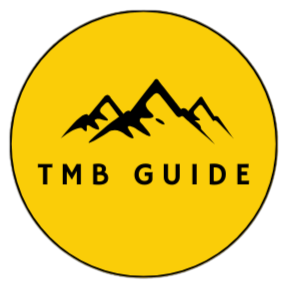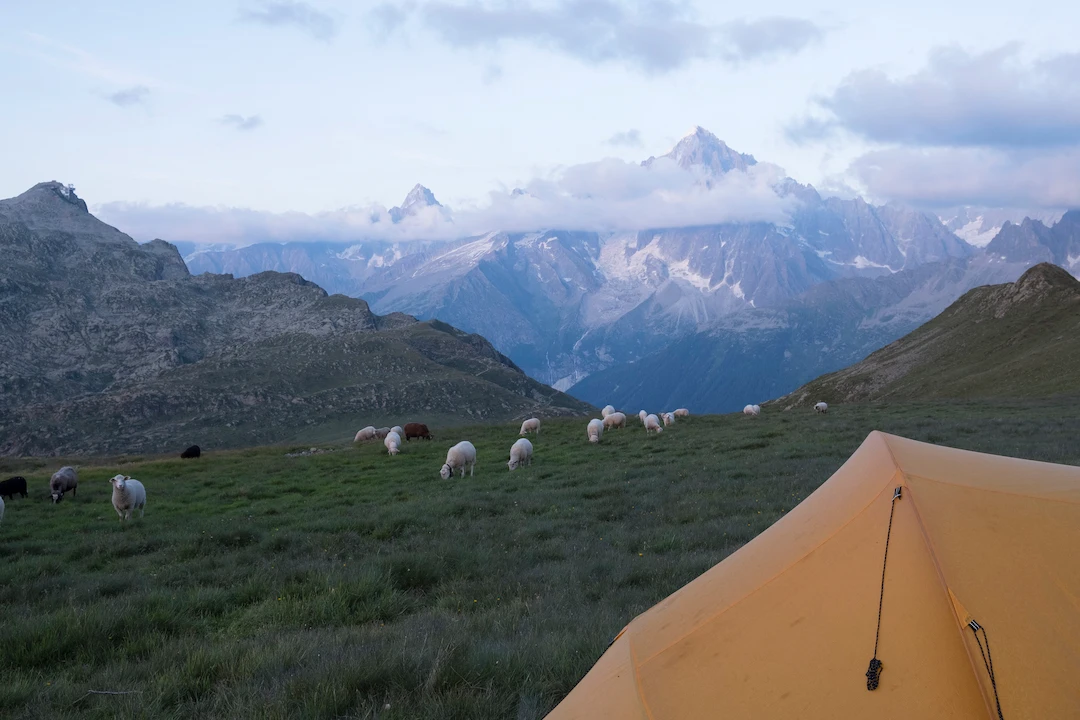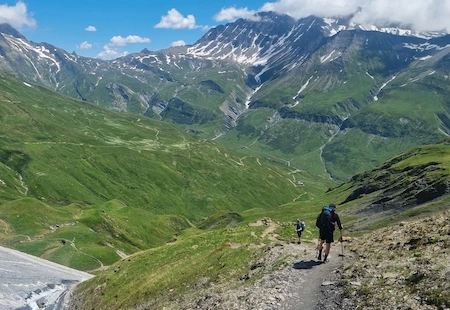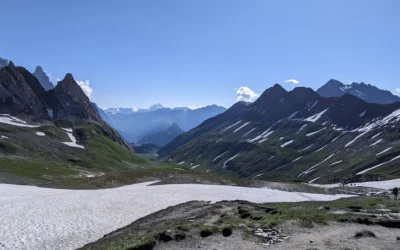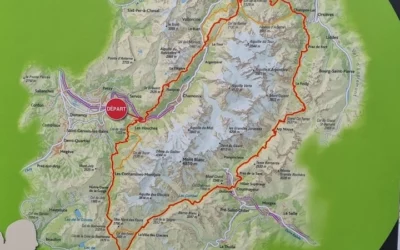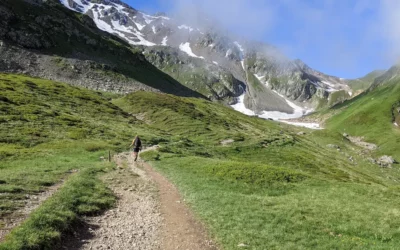The Tour du Mont Blanc, this legendary journey of over 170 kilometers, winding through France, Italy, and Switzerland, is an essential hiking adventure for outdoor enthusiasts. As you prepare to immerse yourself in the Alpine landscapes, a crucial question arises: What are the regulations regarding bivouacking along this route? In this article, we’ll explore the guidelines and laws specific to each country traversed by the Tour du Mont Blanc, providing essential tips for a responsible and memorable bivouacking experience. If you’re considering doing the tour du mont blanc without a guide, this information will be particularly useful.
France: Respect Nature and Legislation
In France, bivouacking is allowed between 7 PM and 9 AM in most areas of the Tour du Mont Blanc, with restrictions in certain protected areas to preserve wildlife and flora. It’s important to check local regulations, as they can vary. Bivouacking is also permitted more than an hour’s walk from any motorized access and must not exceed one night in the same place. It’s advisable to check with refuge wardens for bivouacking near them, and you can find a complete list of refuges and hostels.
In summary:
- Bivouacking allowed between 7 PM and 9 AM.
- Forbidden in certain protected areas.
- Flexibility for wild bivouacking in designated areas.
- Importance of respecting wildlife and flora.
Where to Camp and Bivouac on the Tour du Mont-Blanc in France?
To help you plan your adventure, here is a non-exhaustive list of camping and bivouacking options in France along the Tour du Mont Blanc:
- Les Houches: Camping Bellevue.
- Les Contamines: Camping du Pontet, bivouac at Pont de la Rollaz and Balme bivouac (next to the refuge).
- Les Chapieux: Bivouac area on communal land.
- Col de La Forclaz: Camping de l’Arpille.
- Trient: Communal Camping of Trient, Camping/bivouac of Peuty.
- Vallorcine: Camping des Montets.
- Argentière / Chamonix: Bivouac sites at Auberge La Boërne and numerous campsites in the valley.
These options offer flexibility for those looking to experience authentic bivouacking while respecting local legislation.
Italie : Regulations with some exceptions
In Val d’Aosta, the regulation is specific:
- General prohibition of camping: Throughout the territory of Val d’Aosta, with specific exceptions.
- Occasional and mobile campsites: Allowed for non-profit establishments or associations, under certain conditions, for a maximum duration of forty-eight hours.
- Mountain bivouacs: Allowed above 2,500 meters altitude. This offers a unique opportunity for experienced hikers to immerse themselves in breathtaking alpine landscapes.
This information is crucial for hikers planning to cross this region and wishing to respect local laws. Hikers should therefore plan nights in refuges or campsites available in the villages crossed, and for those planning to complete the tour du mont blanc in 7 days, good stage planning is essential.
Where to Camp and Bivouac on the Tour du Mont-Blanc in Italy?
Here is a non-exhaustive list of camping and bivouacking options in Italy along the Tour du Mont Blanc:
- Val Veny: Camping Aiguille Noire, Campeggio Monte Bianco La Sorgente, Camping Hobo.
- Italian Val Ferret: Camping Grandes Jorasses, Camping Tronchey.
Switzerland: A strict regulation
Switzerland, with its strict regulation, has specific rules for each commune:
- Commune of Orsières: Formal prohibition of wild camping and bivouacking, except in official campsites such as the camping des Glaciers in La Fouly, camping des Rocailles in Champex-Lac, and camping du Val d’Arpette.
- Commune of Bovernier: Camping allowed only at locations designated by the communal authority. Short-term (1 night) bivouacking allowed outside localities, nature reserves, and protection zones, subject to the agreement of private landowners.
Switzerland enforces strict regulation, prohibiting bivouacking in protected areas and near lakes. However, exceptions exist near certain mountain refuges with permission. The canton of Valais allows bivouacking above the forest line, under certain conditions. In principle, bivouacking is prohibited in Switzerland on the route of the Tour du Mont Blanc. Hikers should consider spending the night in a campsite, hotel, or refuge. The best period to do the TMB is also a factor to consider for a better experience.
In summary:
- Bivouacking generally forbidden in protected areas.
- Possible near certain refuges with permission.
- Allowed above the forest line in Valais.
Where to Camp and Bivouac on the Tour du Mont-Blanc in Switzerland?
Here is a non-exhaustive list of camping and bivouacking options in Switzerland along the Tour du Mont Blanc:
- Swiss Val Ferret: Camping des Glaciers in La Fouly.
- Champex: Camping Les Rocailles, Camping Gîte Bon Abri, Camping du Relais d’Arpette.
Tips for Responsible Bivouacking
For responsible bivouacking, it’s essential to take all waste with you, use suitable equipment, respect other hikers, and use potable water sources. Practicing ecological toilets is also crucial to minimize environmental impact. Also consider exploring alternative routes like the Fenêtre d’Arpette, Col des Fours, or Col de Tricot to enrich your experience.
